The first Dying Light largely executed on its novel approach to the zombie genre — survive the horde with parkour and melee, ambitiously presented as a first-person experience — while coming up short in some of the supporting elements. In this way, it was a bit like the sports video games I routinely review, something that had a solid gameplay base, but maybe a drooping career mode that didn’t sustain much interest.
I reached that comparison after playing Dying Light 2 Stay Human in a preview event and then compared it to the first game’s Platinum Edition (which just launched on Nintendo Switch). Techland didn’t fix what wasn’t broken; Dying Light’s fluid traversal and balletic combat is still here, still easy to learn and apply, still hard to master, like all worthwhile athletic endeavors. In Dying Light 2, it’s supported by a much more interesting cityscape, stronger role-playing game systems and narrative hooks, and a new kind of open-world progression that should culminate in more meaningful choices, as opposed to clearing an area or a jumping puzzle for their own sake.
This is, however, a gentle way of saying that, once again, those thrilling gameplay trailers you’ve seen, full of perfectly chained counters, strikes, and jumps, are as idealized for Dying Light 2 as they were for its predecessor. I got three hours with the game, roughly two of that in the same stretch of the game’s new city, Villedor, and was familiar enough with its surrounding rooftops only to make two, maybe three jumps without stopping to deliberate my next move.
https://youtube.com/watch?v=rQRcHYU4pBQ%3Frel%3D0
Still, I was able to play an effective, if halting, game all the way through, never dying once. Dying Light 2 ramps up the urgency by giving the protagonist — a “pilgrim” named Aiden Caldwell — shorter bursts of time among the infected before he has to scramble back to the safety of ultraviolet lights, most often set up on the rooftops by survivors. In the first Dying Light, UV slowed down or repelled the infected. In Dying Light 2, stepping into UV light resets (or stops) a countdown that kills you if you reach the end. At the point I was playing early in Dying Light 2, Aiden’s immunity gave him about seven minutes of activity before he had to find safety. I later upgraded it to nine minutes in Dying Light 2’s more expansive perk tree.
Some time-consuming levels — such as a power plant where the puzzle involved connecting cables — will be safe zones entirely, free of any infected or pathogens. Another multi-part rescue mission was set in a mazelike interior, with UV safety lights reasonably spaced apart, so my countdown became a concern only if I stumbled into a protracted battle or lost my way entirely. In the open world, I found the countdown limitation helpfully reinforced my familiarity with my surroundings, by requiring me to remember my escape route to another bath of blue light, acquiring a muscle memory for the jumps, grabs, and slides along the way. Of course, it also made the decision to help a settlement reactivate its windmill generators, and the UV lights they power, something of a false choice. It looks like I’ll have to scale every deactivated windmill I encounter (and every one is a jumping puzzle) to use its portion of the map, much like the towers of Assassin’s Creed or previous Far Cry games. Dying Light 2’s map is supposed to be four times bigger than the first game, so you’ll need a commensurate number of safe zones and staging areas.
 Image: Techland
Image: Techland 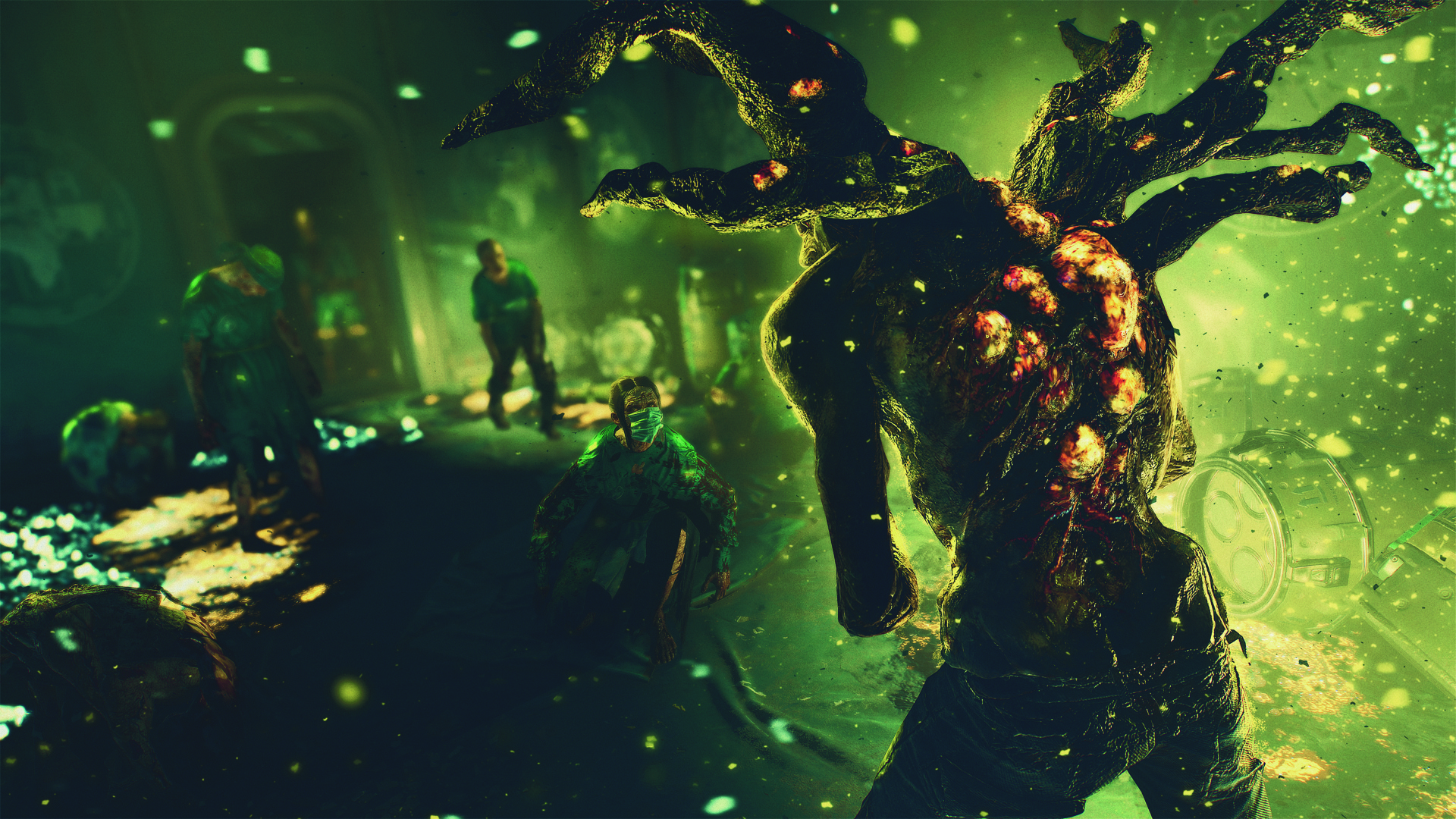 Image: Techland
Image: Techland 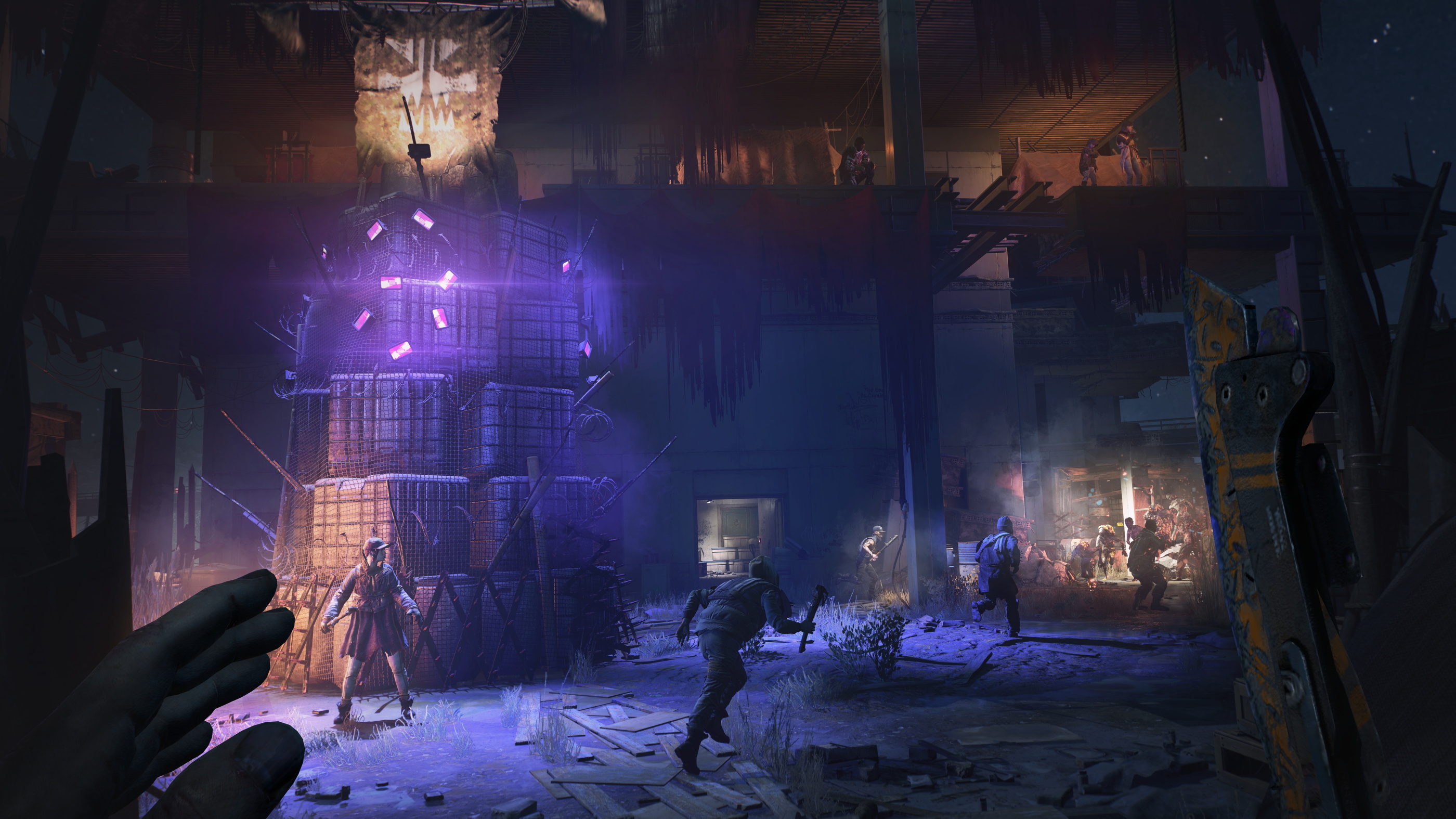 Image: Techland
Image: Techland  Image: Techland
Image: Techland 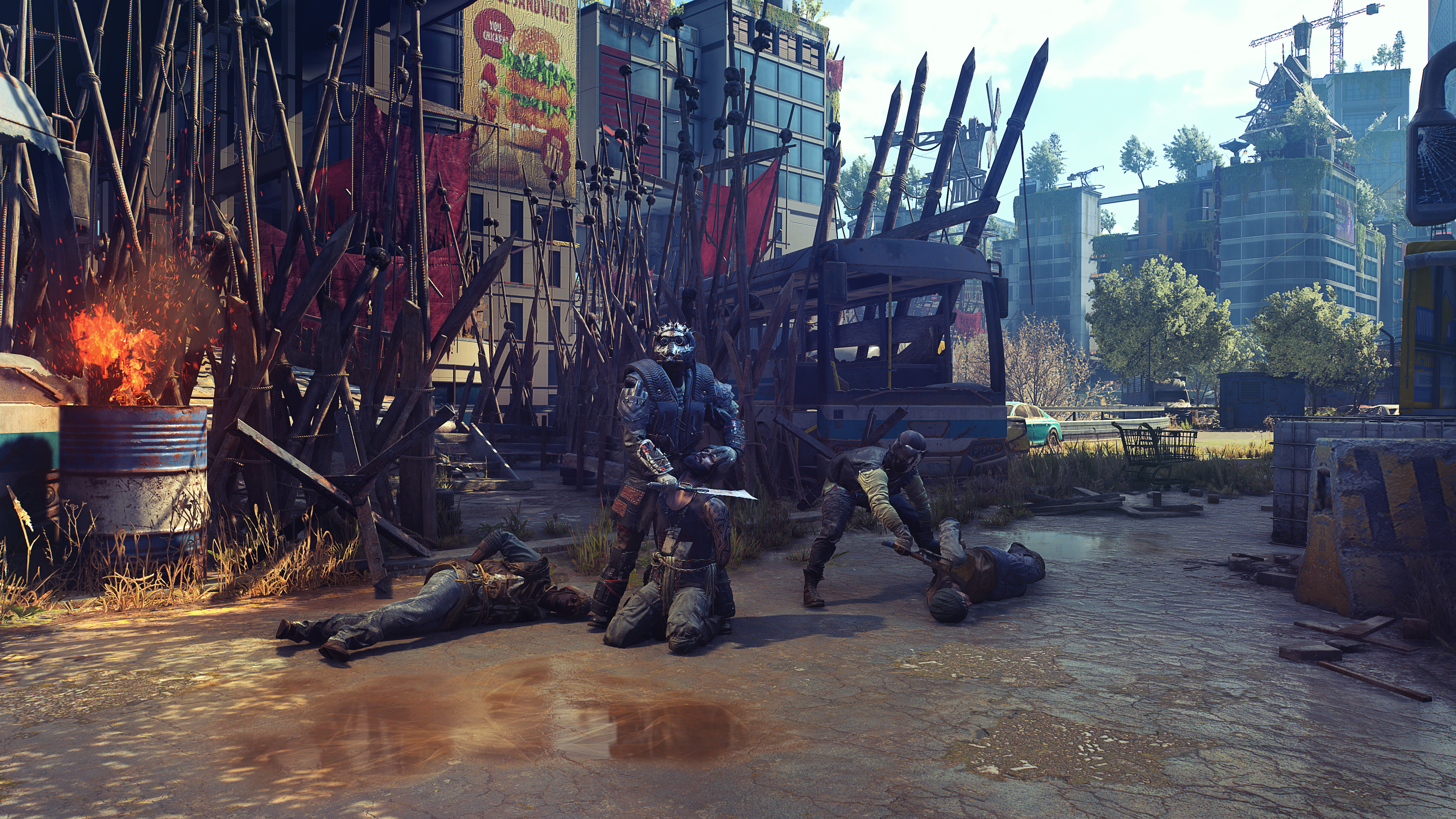 Image: Techland
Image: Techland 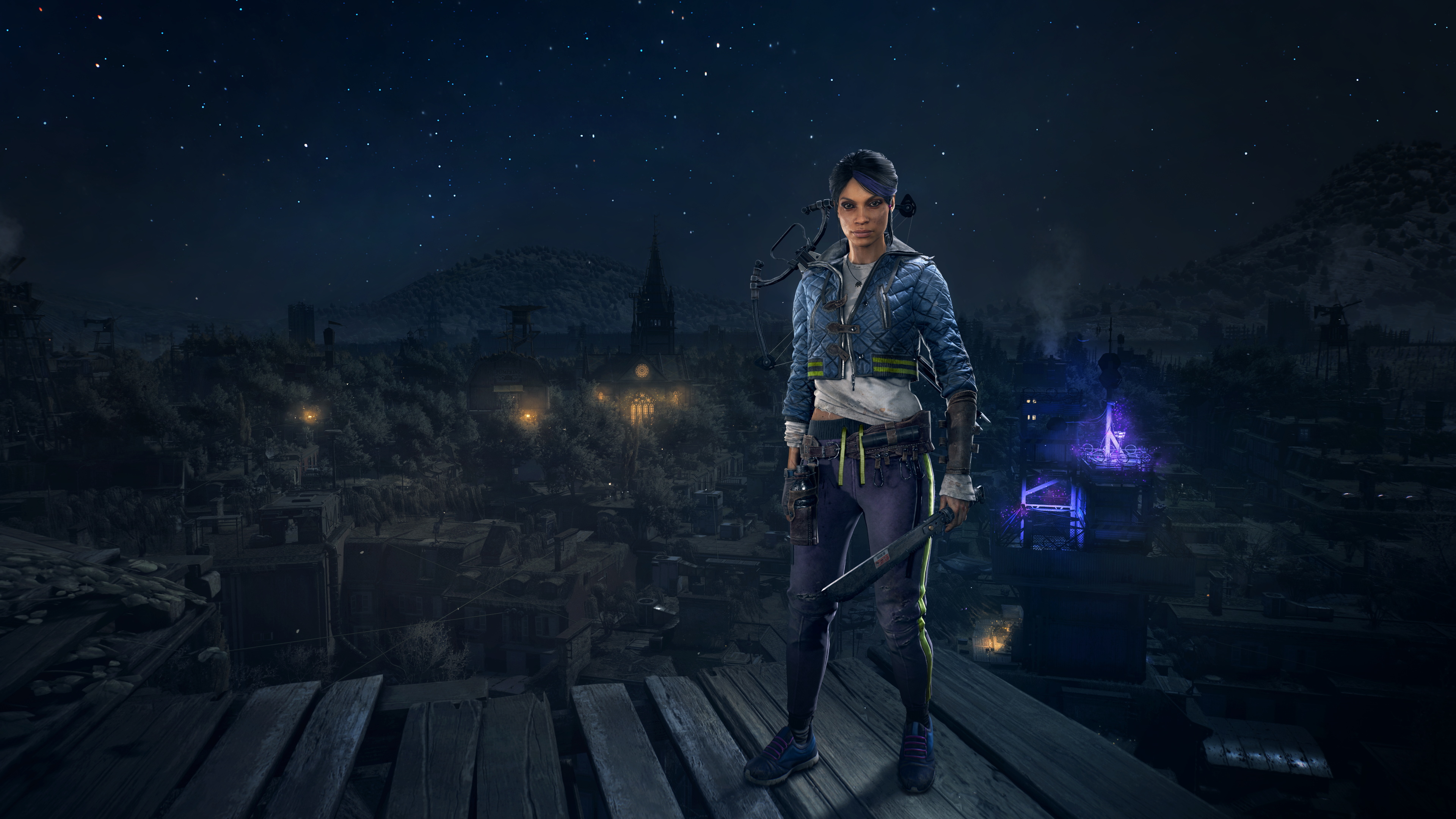 Image: Techland
Image: Techland  Image: Techland
Image: Techland 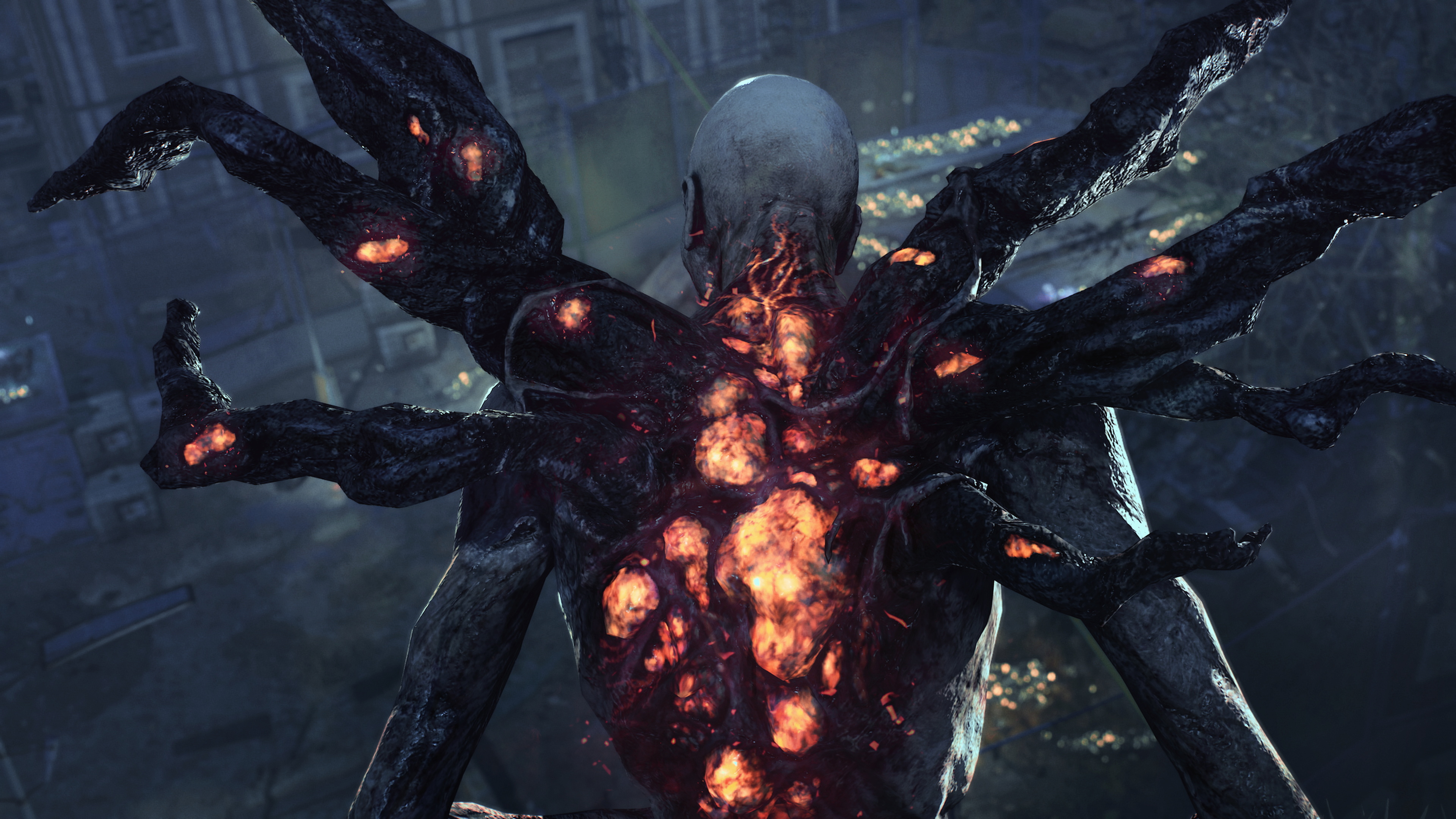 Image: Techland
Image: Techland 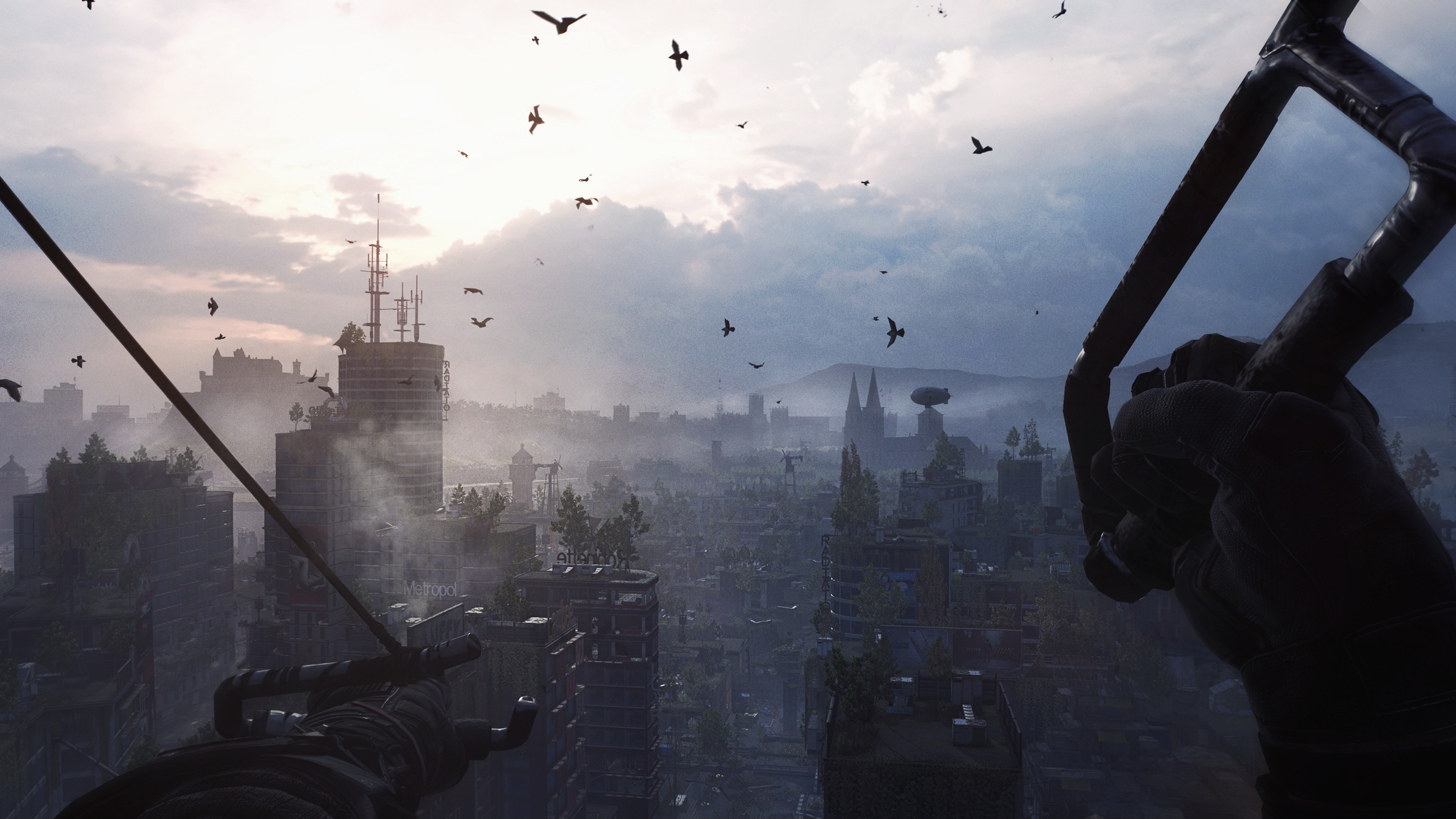 Image: Techland
Image: Techland As in Dying Light, Caldwell is again infiltrating a group of mistrustful survivors, and again, there are three factions in Dying Light 2’s European city of Villedor. Caldwell is working for the Peacekeepers, who take on the role played by the first game’s Global Relief Effort in the Middle Eastern city of Harran. He’s working undercover with the Survivors, whose leadership feels forsaken by the Peacekeepers. Then there are the Renegades, straight-up malefactors who, at the beginning of the game I saw, may have been responsible for the death of a Peacekeeper officer, which leads to a lockdown the player must resolve.
Completing major chapters and certain side missions often ends with the liberation of a type of asset — a power substation in one case, a water tower in another. At this point, the player gets to choose which of the two not-evil factions, Survivors or PKs, gets to control it. Lacking much visibility into the overall narrative (we were plopped down a short ways past the introductory events) it was hard for me to understand the impact of the two decisions I did make. But I was somewhat disappointed when, after giving the power plant to the PKs, even though I was asked to bring it back online by the Survivors, their handler sort of shrugged it off in the dialogue that followed.
Techland says these choices will alter Dying Light 2’s branching story progression in a way more befitting a large RPG rather than an action-adventure narrative. I’ll take their word for it, but my preview simply wasn’t long enough to give me much motivation for or ownership of that choice, much less see how it affected the story. Tactically speaking, the choice will reward players with a specific perk or asset; the water tower would place ballistae in areas the Peacekeepers controlled, while Survivors would place airbag cushions in theirs. Remembering how many times I had to stop and look down early in my parkour proficiency, I went with the bags.
https://youtube.com/watch?v=nVpVVvbA5nk%3Frel%3D0
The crafting and perk tree that supported the first game return, not necessarily different but larger in terms of the options and progression they present. That said, some perks are so fundamental, such as gaining a button press to continue your parkour momentum after a landing, that the early goings seem very linear, as opposed to optimizing a certain character build. Improvised weapons have more advanced variations, such as a street-sign hand axe that delivers a nasty chained-lighting strike to a cluster of bad guys.
Yes, there is a paraglider, whose longer glides I couldn’t quite get the hang of, and many types of zombies, from garden-variety biters to swifter virals, and lumbering tanks. But Dying Light 2’s breakout star, I felt, was the city itself. Villedor is pitched as a setting 15 years after the events of the first game, with the plague now reverting the city to a kind of modern Middle Age scene. Something about that characterization instantly clicked with me, and it wasn’t just the medieval architecture, or the improvised tunics and breeches everyone wore.
The hub world, set inside a church, bustled with the kind of town-square activity and variety I’d expect from a high-fantasy RPG setting. In safe areas outside, the knots of settlers and farmers toiling away supported the idea that this pandemic had set society back several centuries. The environment is a lot more colorful, and definitely more verdant, than the bombed-out, gray surroundings of Harran. On the whole, Villedor and its societal underpinning are a lot more interesting, and did a better job of drawing me into the narrative Dying Light 2 is trying to tell.
Dying Light 2 Stay Human has been delayed twice, most recently in September, to push its launch to Feb. 4, 2022 (on Nintendo Switch, PlayStation 4, PlayStation 5, Windows PC, Xbox One, and Xbox Series X) and give the game more polish and optimization. All of this follows an original reveal at E3 2018, and a couple of years of iteration and soul-searching, stripping out flabby or under-supported concepts and rebalancing others.
What I saw in my three hours last week was not necessarily taut or compact, but it also felt a lot more integrated, and purposeful, than the first Dying Light. In hindsight, that 2015 work seemed mainly to establish that parkour and melee could work and be fun with a first-person camera, and then appended zombie-survival elements and plot points to it.
That does not mean Dying Light 2 appears to reject its heritage, or disown the weaker parts of its predecessor. Instead it buttresses the city environment, the role-playing choices, and the side-mission support. And it feels like, having nailed that core gameplay loop so early in this new IP’s history, Techland has been able to direct all of its attention to the supporting features that will make people want to master their newfound, exciting skills.
https://youtube.com/watch?v=mPRKsUps_4U%3Frel%3D0
Source: Read Full Article